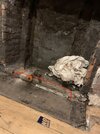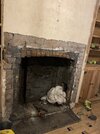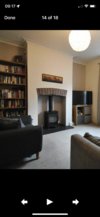Hello I have just moved into a 1902 terrace.
I’ve removed the old gas fire and exposed a couple of bodged lintels and found the original arch.
Can anyone advise if they think it would be okay to remove these two lintels and new bricks back to the original arch and bricks at the side.
If so any advice on the process/how to work towards removing it would be great.
Young first home owner on a budget having a go.
Cheers
I’ve removed the old gas fire and exposed a couple of bodged lintels and found the original arch.
Can anyone advise if they think it would be okay to remove these two lintels and new bricks back to the original arch and bricks at the side.
If so any advice on the process/how to work towards removing it would be great.
Young first home owner on a budget having a go.
Cheers
Attachments
-
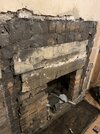 03BF1ADF-8EFF-4325-9063-BC83BF733CE5.jpeg439.6 KB · Views: 118
03BF1ADF-8EFF-4325-9063-BC83BF733CE5.jpeg439.6 KB · Views: 118 -
 4C0144A7-8A01-40A7-8AA7-FBA412508B6F.jpeg392.7 KB · Views: 104
4C0144A7-8A01-40A7-8AA7-FBA412508B6F.jpeg392.7 KB · Views: 104 -
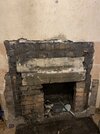 EA313E00-5A0A-42DC-939F-14DB427A6899.jpeg350.4 KB · Views: 101
EA313E00-5A0A-42DC-939F-14DB427A6899.jpeg350.4 KB · Views: 101 -
 695E3195-FFDD-4B36-A427-EED5BB310D11.jpeg367.8 KB · Views: 100
695E3195-FFDD-4B36-A427-EED5BB310D11.jpeg367.8 KB · Views: 100 -
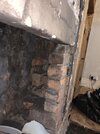 09F85477-6E77-4355-B1CF-DB402814CE18.jpeg325.4 KB · Views: 119
09F85477-6E77-4355-B1CF-DB402814CE18.jpeg325.4 KB · Views: 119 -
 CD73E5B7-BB4D-496B-86CF-90E3D4B6F272.jpeg346.4 KB · Views: 94
CD73E5B7-BB4D-496B-86CF-90E3D4B6F272.jpeg346.4 KB · Views: 94
Last edited:


